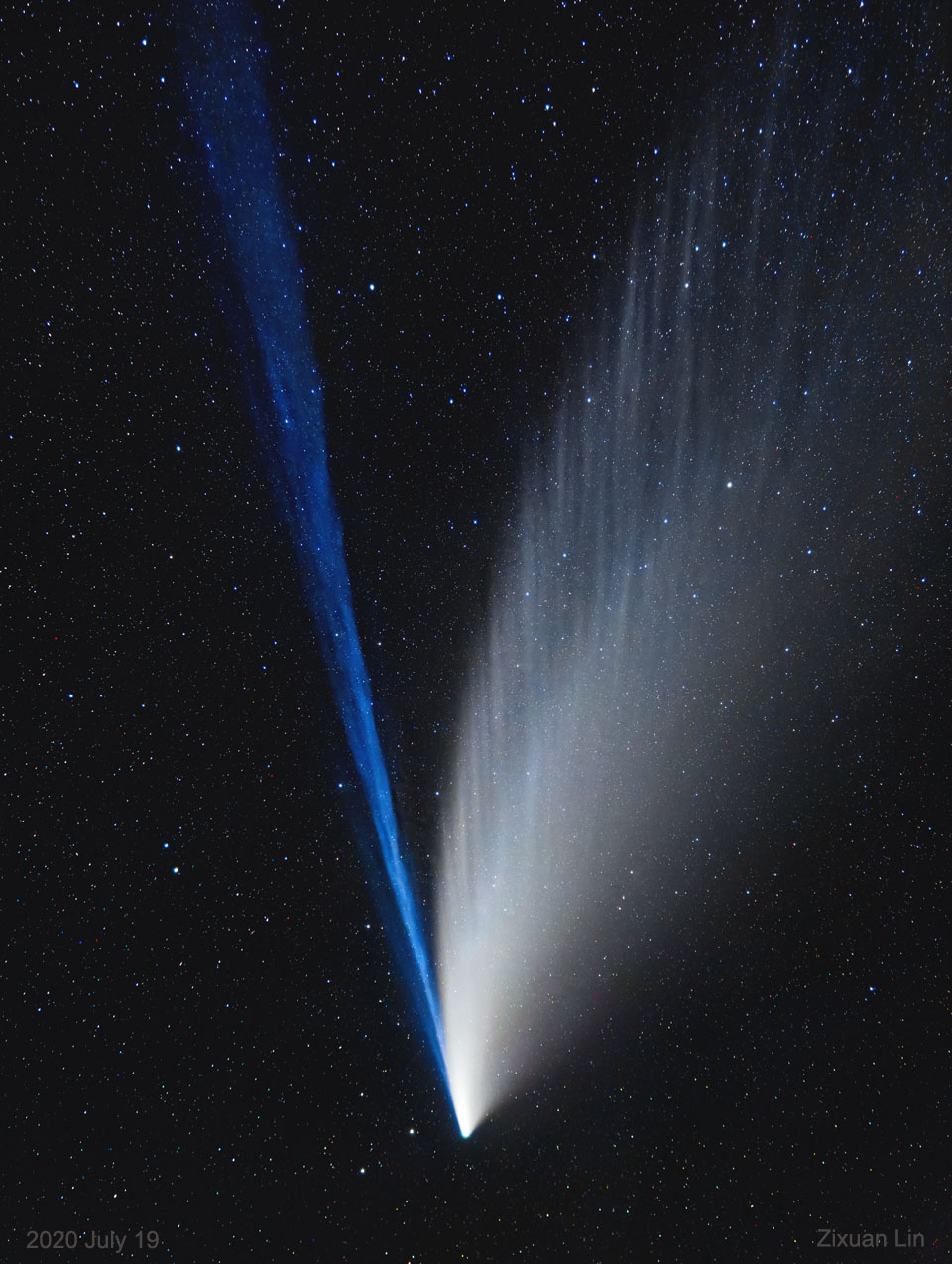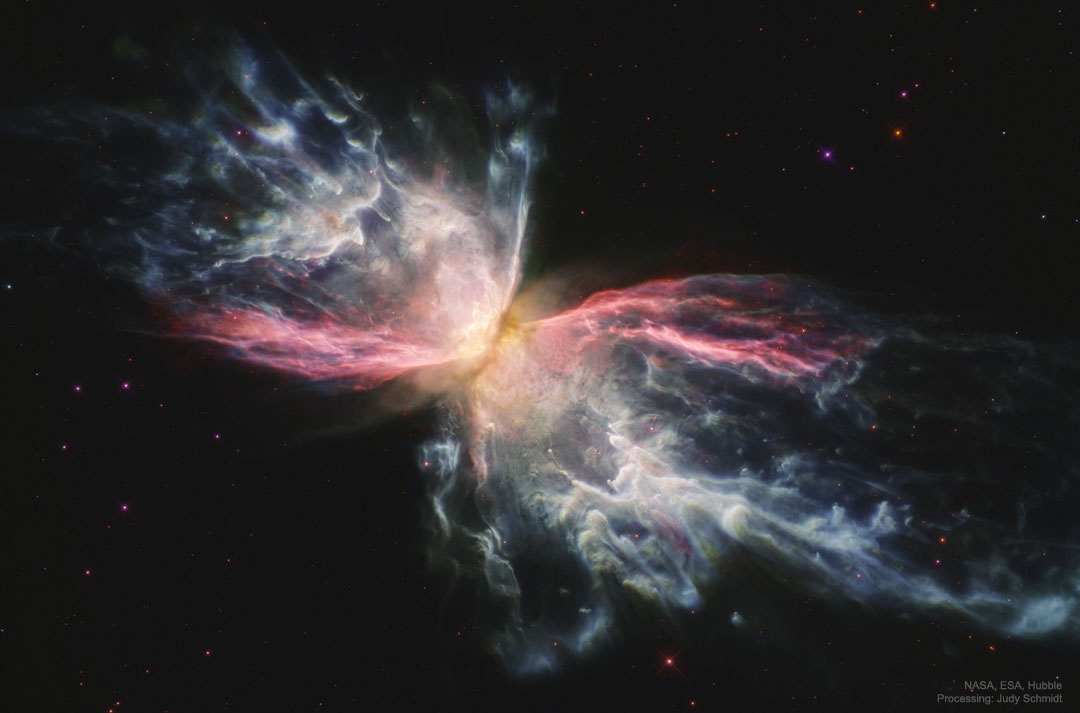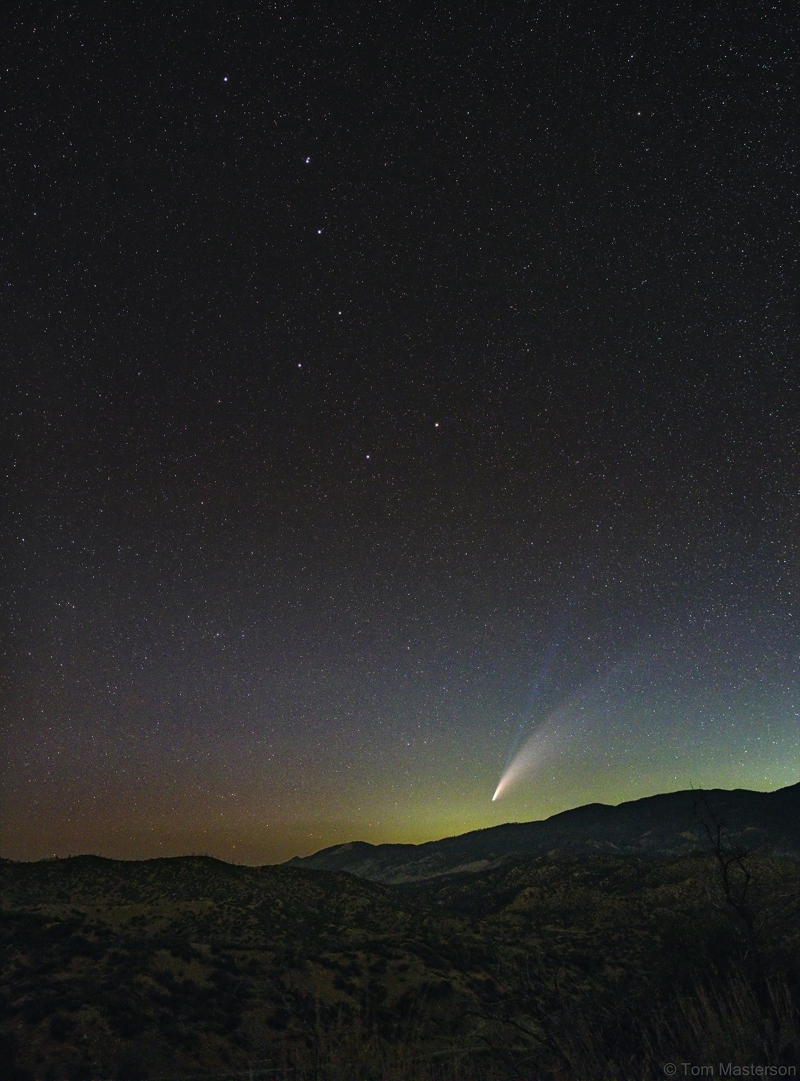Une première vague de médicaments anti-âge est entrée dans sa phase de test sur des êtres humains. Ils ne vous feront –pour l'instant– pas vivre plus longtemps mais cibleront des problèmes de santé spécifiques liés à l'âge. Appelés les «sénolytiques», ces traitements suppriment certaines cellules que l'on accumule avec le temps.
De premiers résultats ont été observés sur des cas d'arthrites dégénératives, et d'autres molécules pourraient s'intéresser aux maladies des yeux, des poumons ou encore à Parkinson et Alzheimer.







